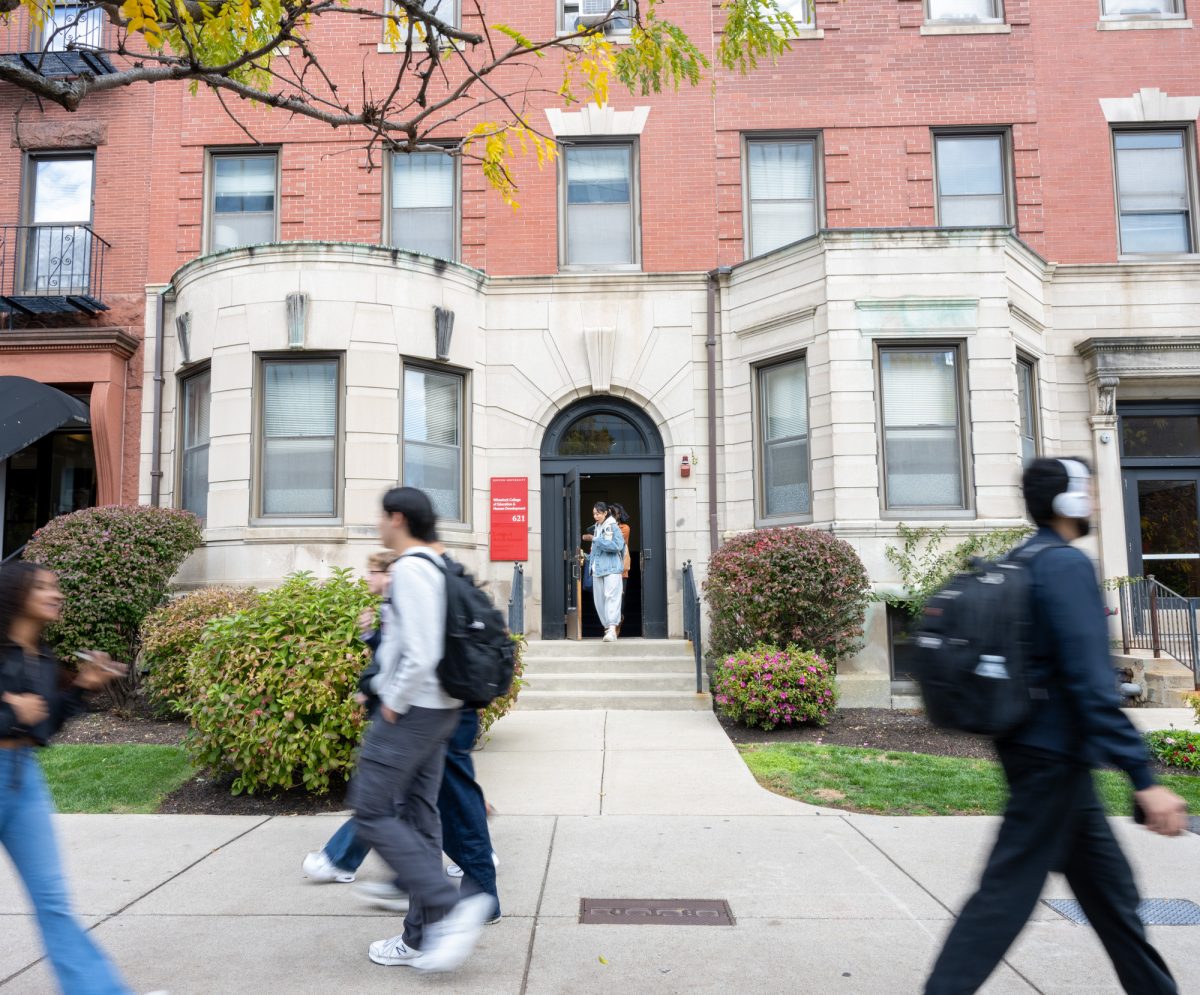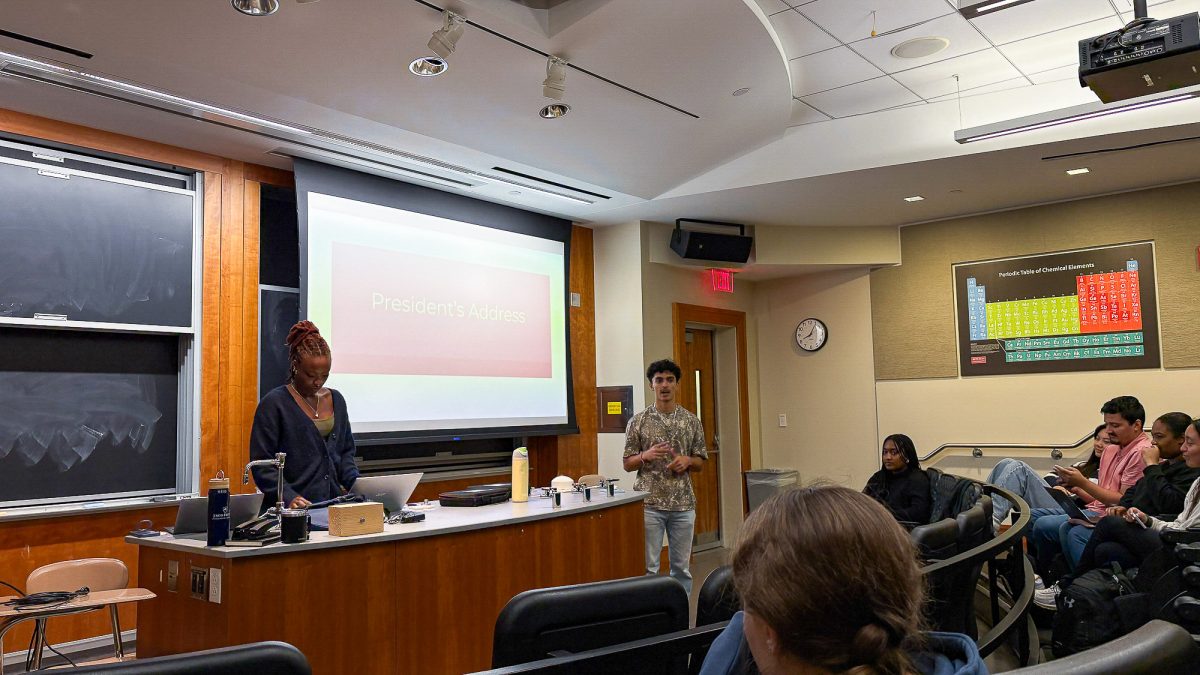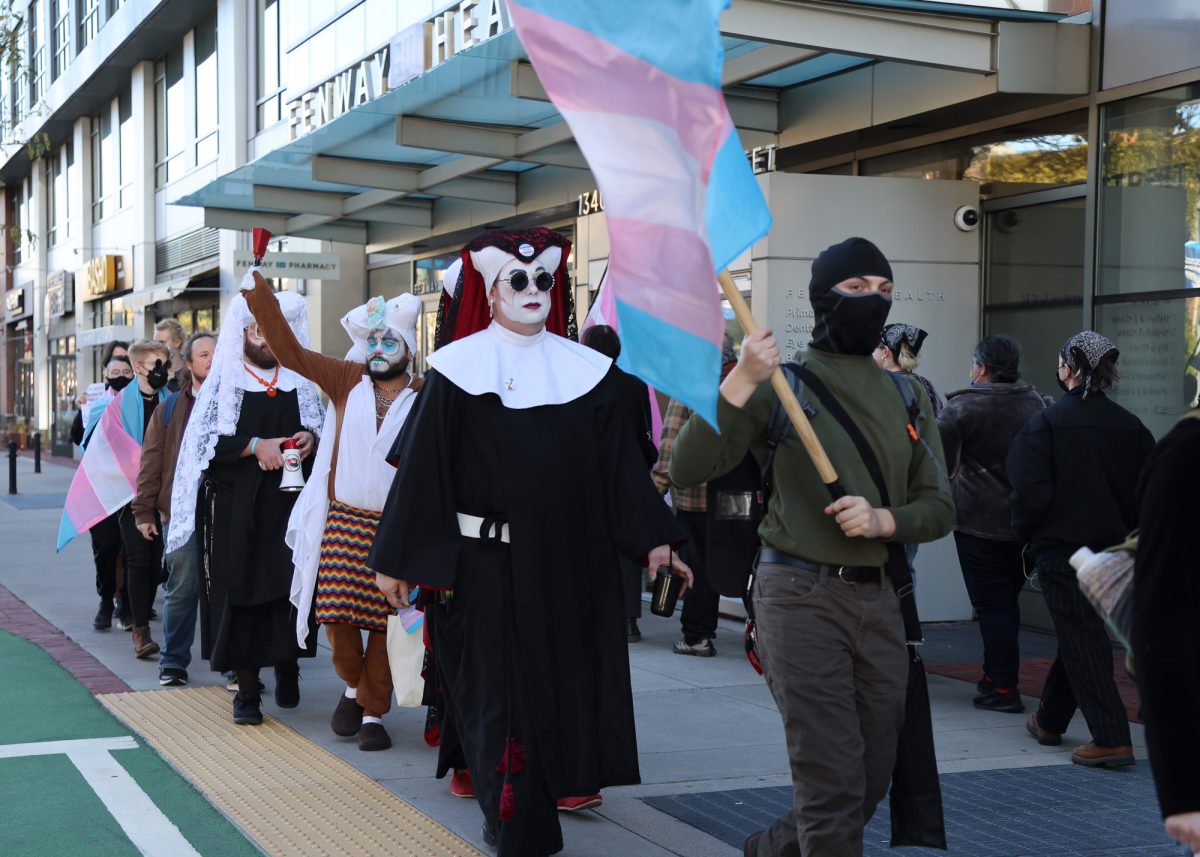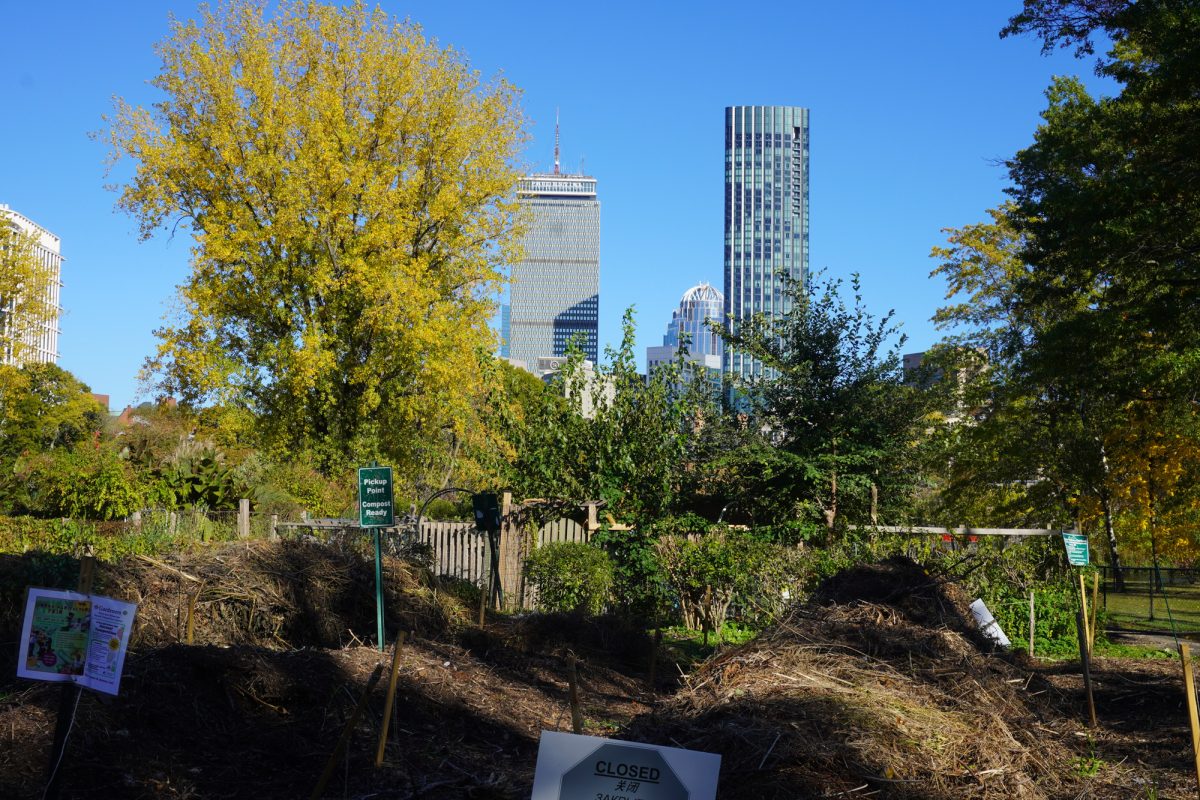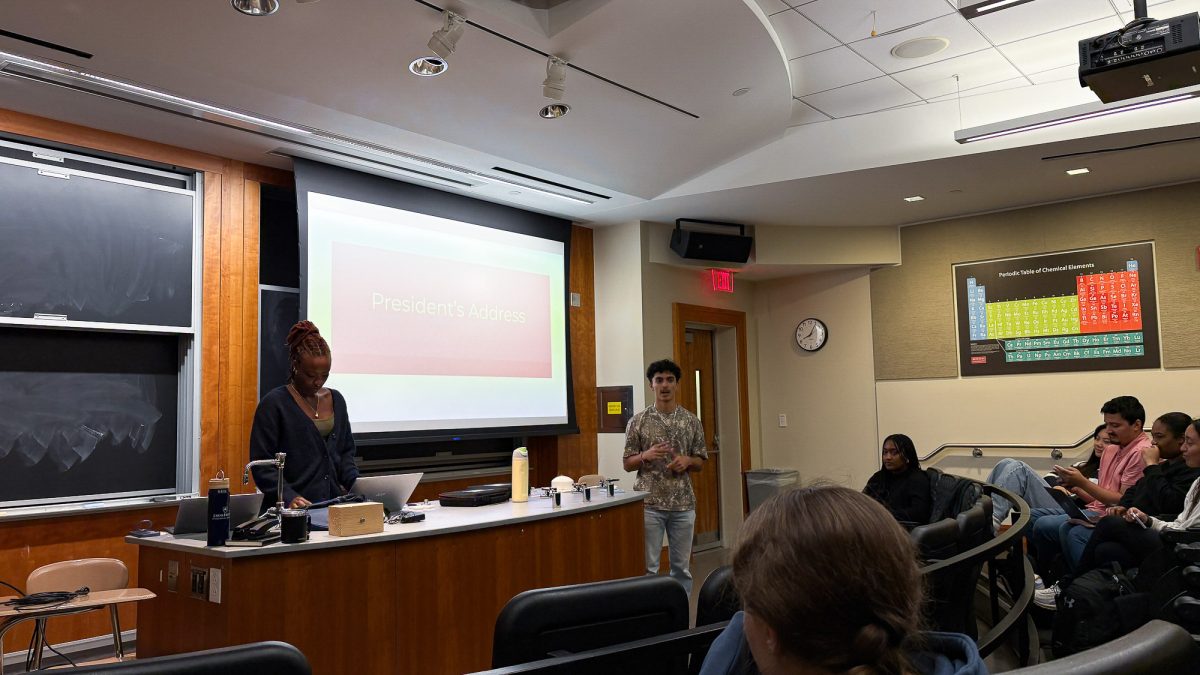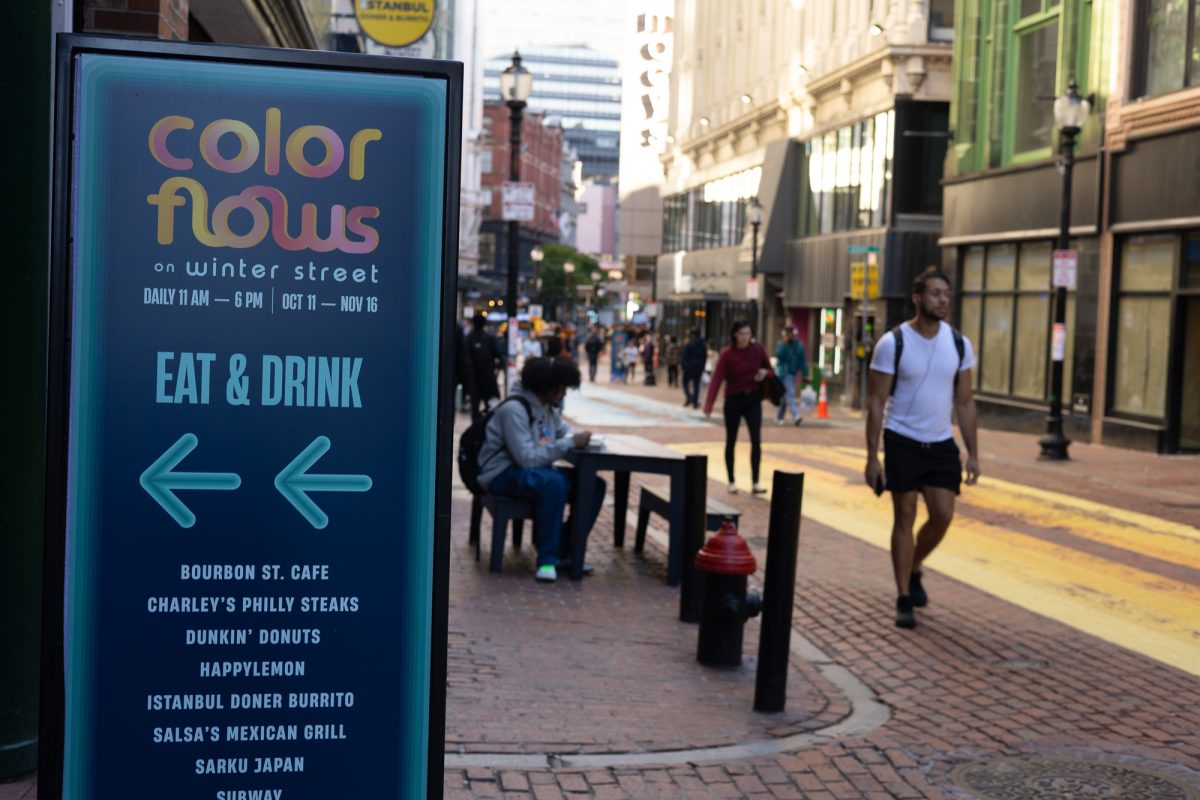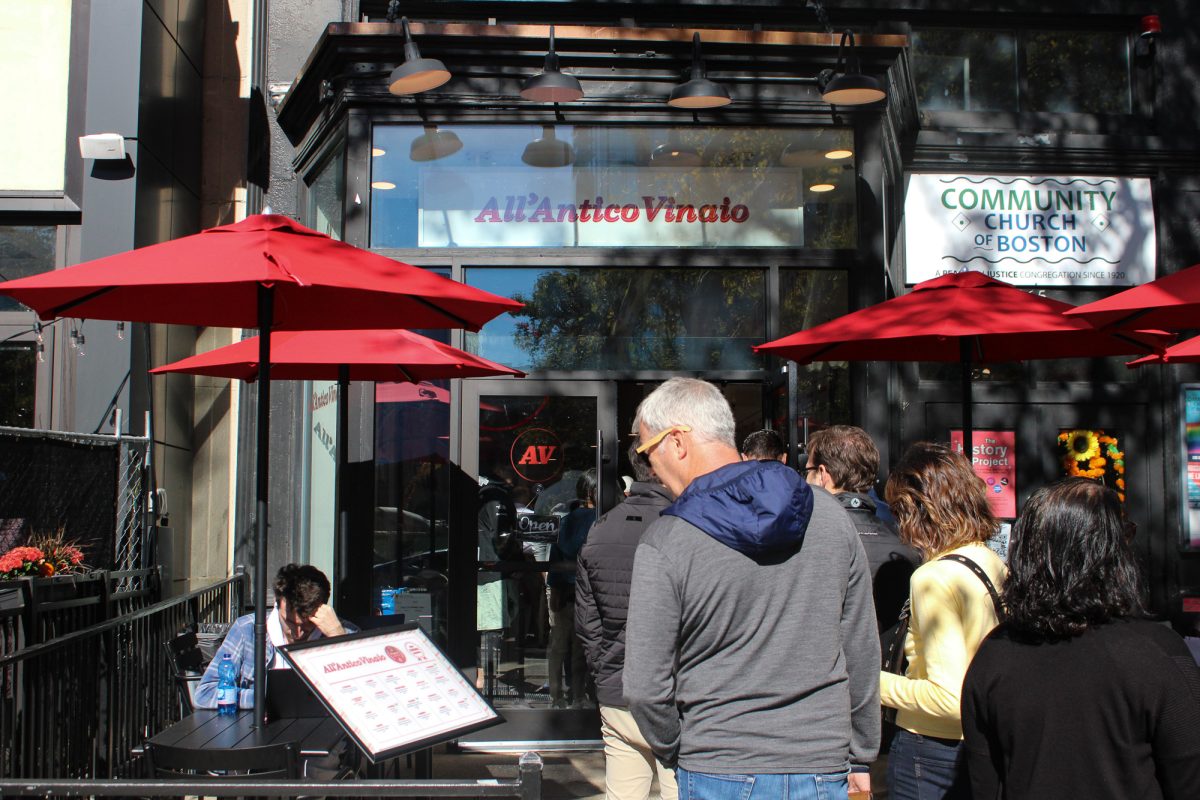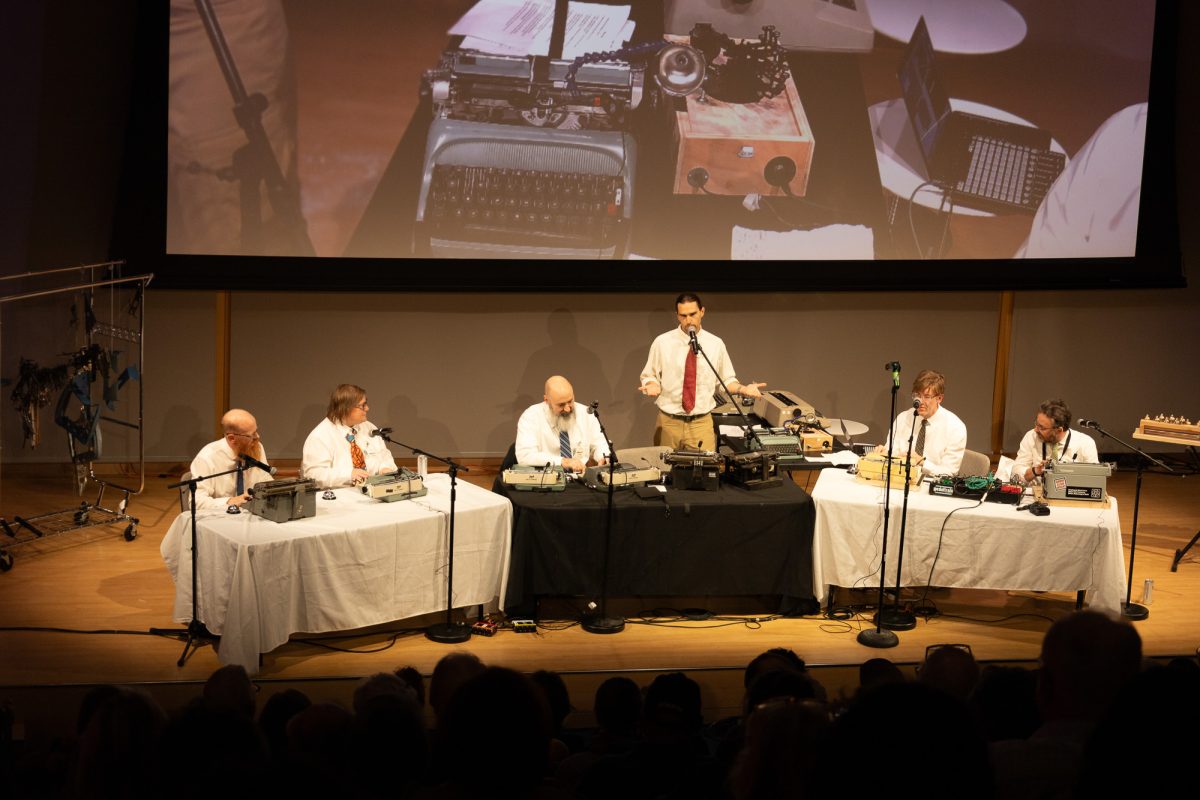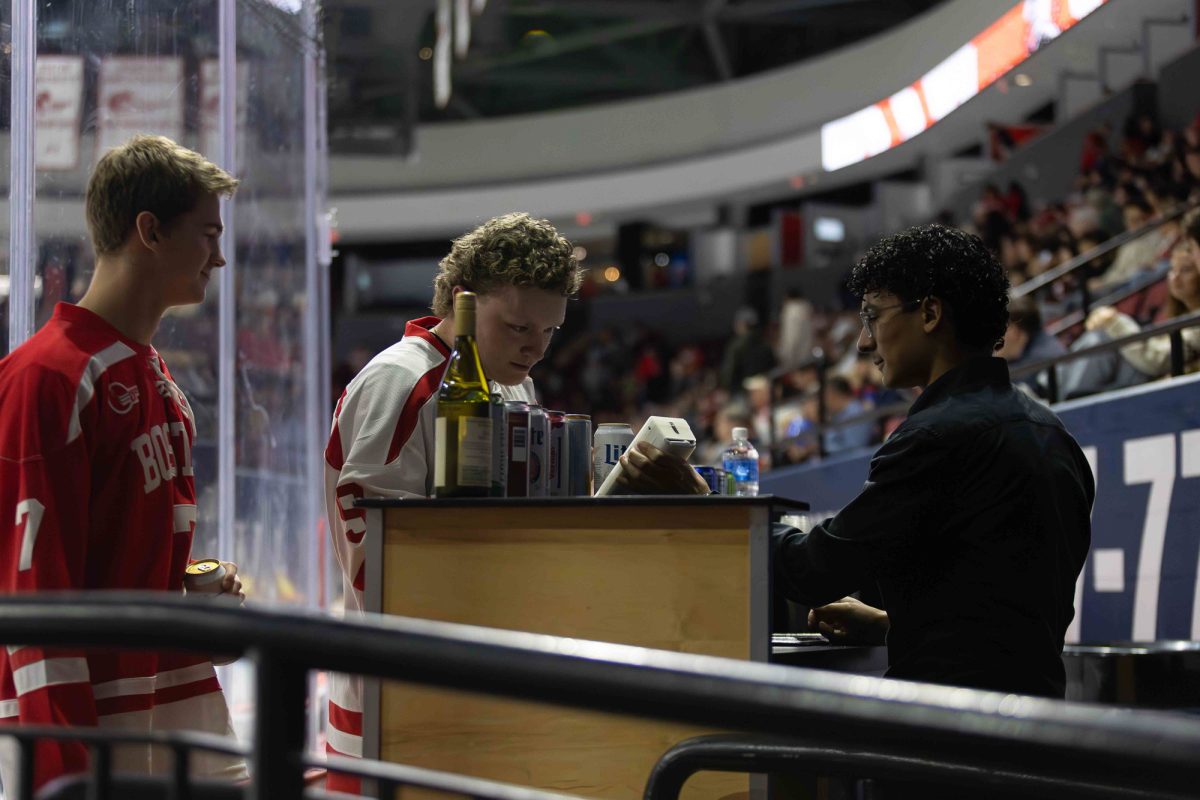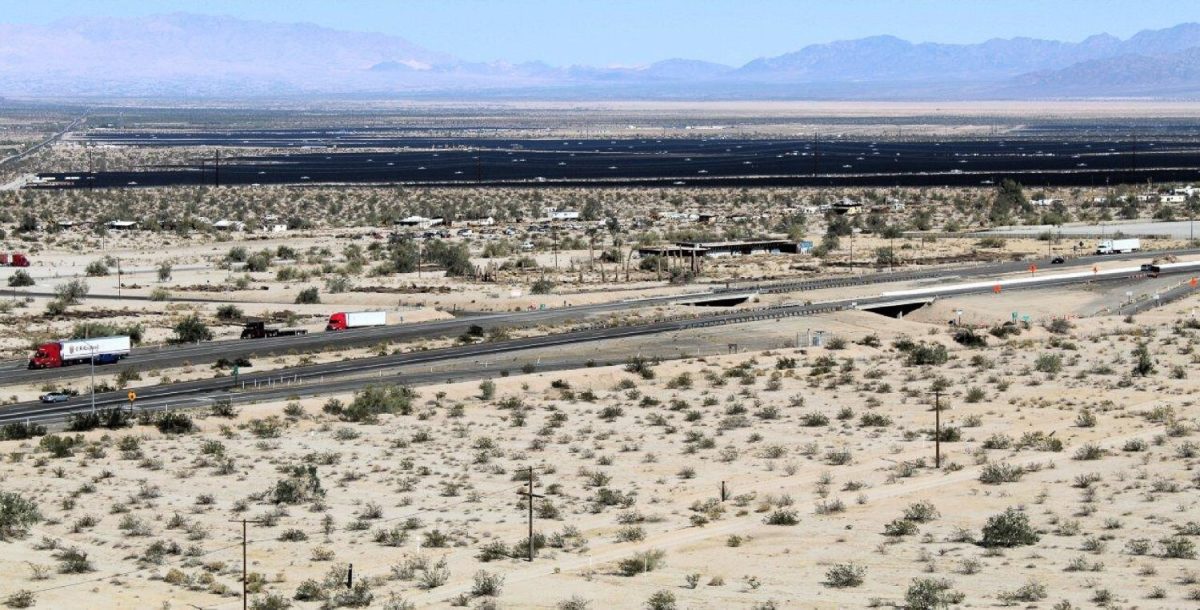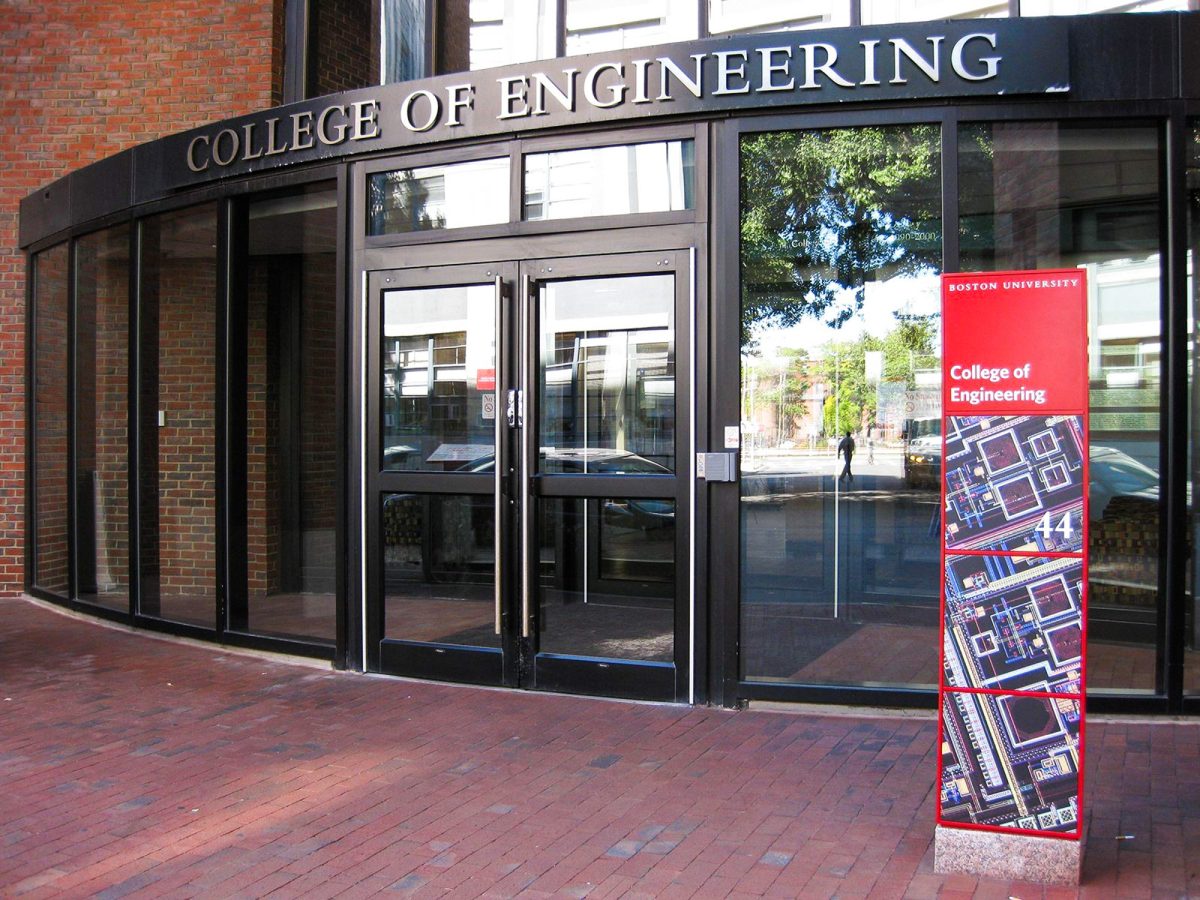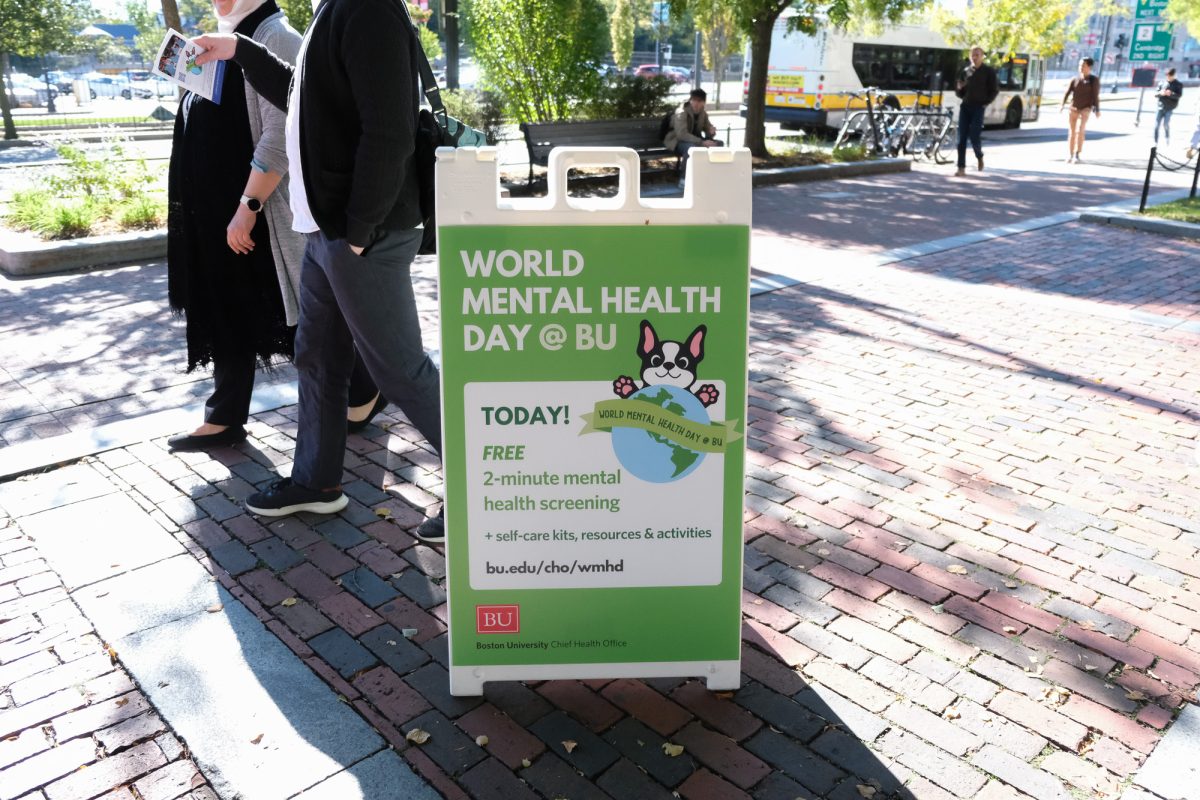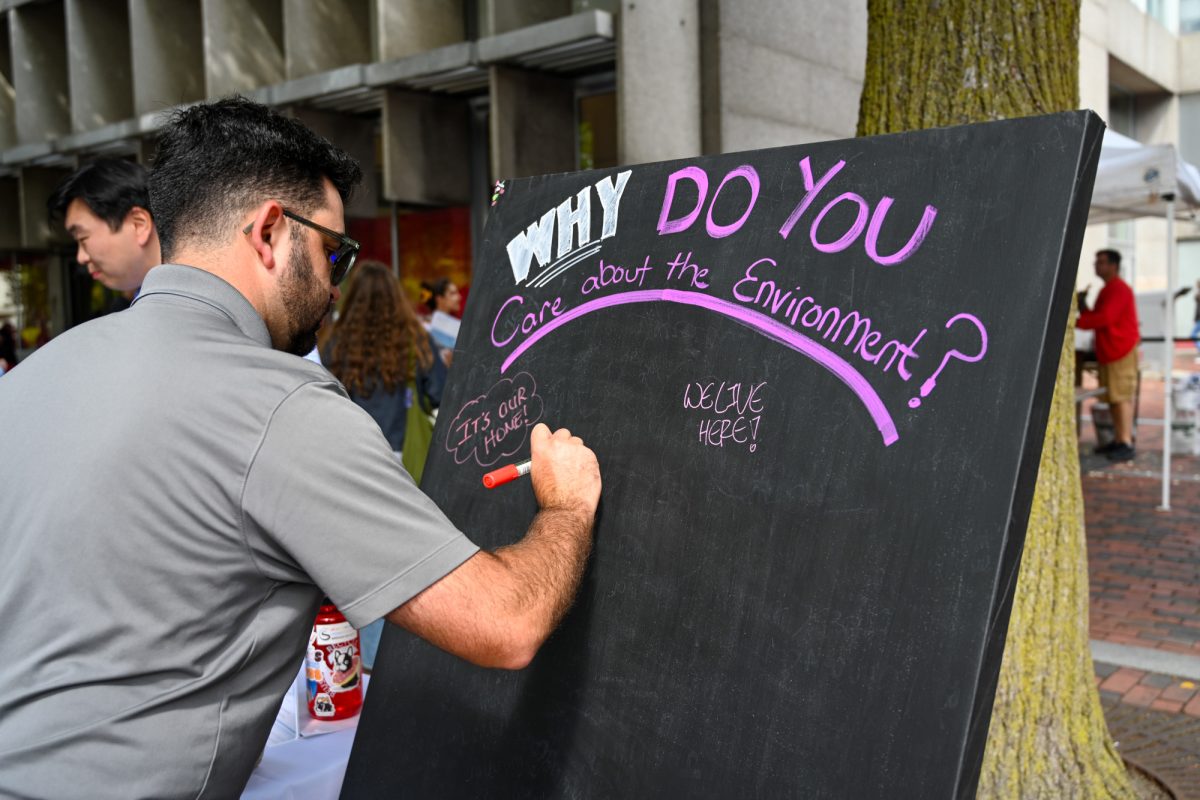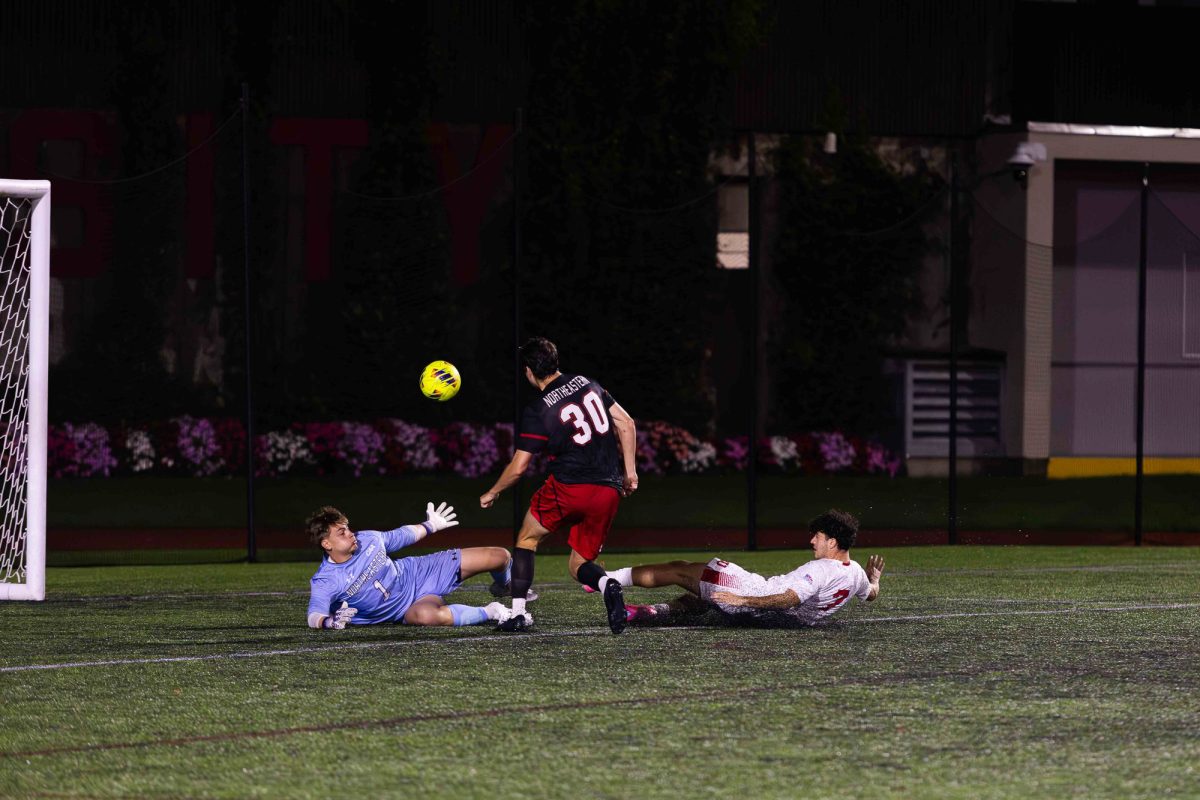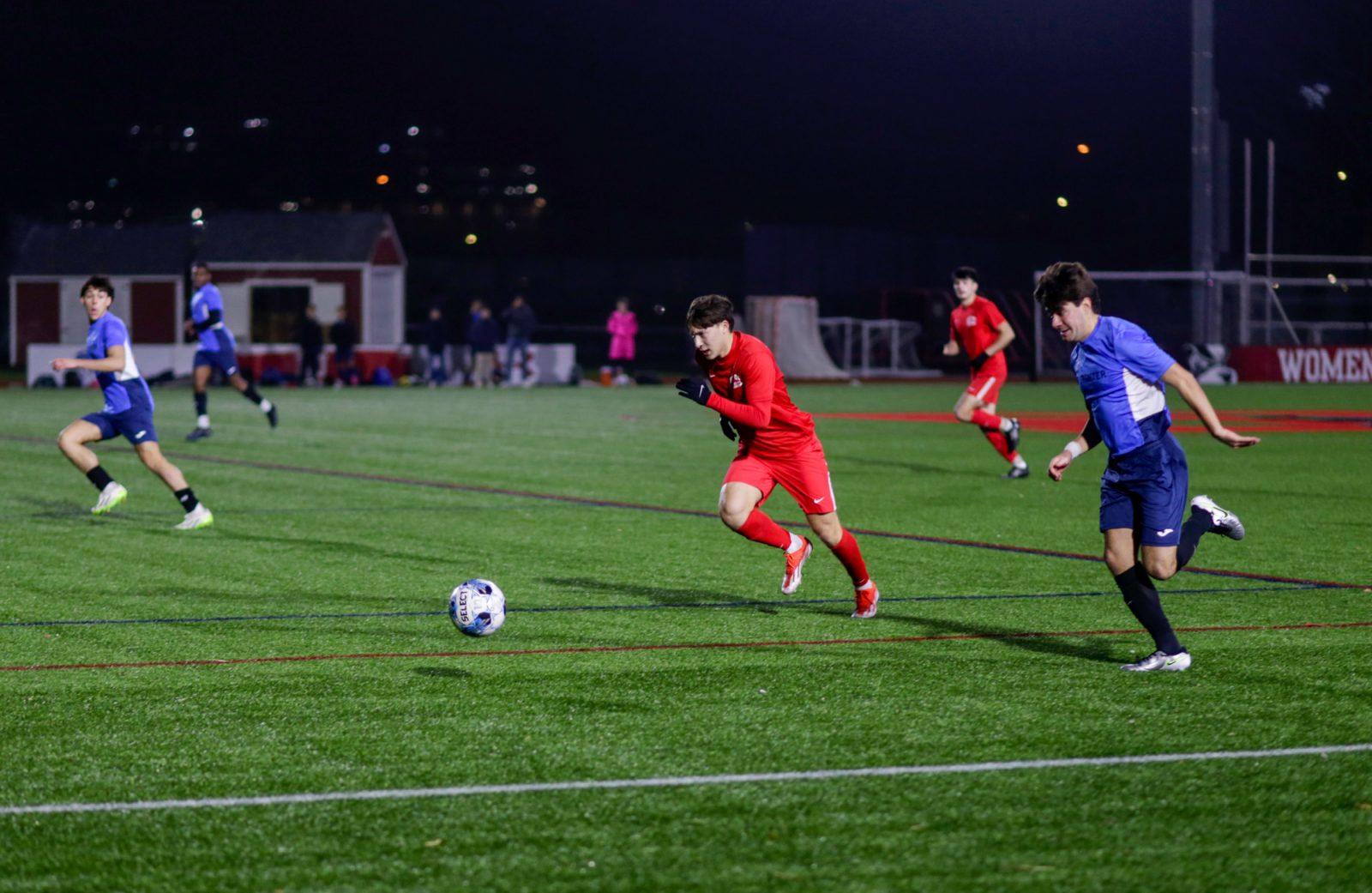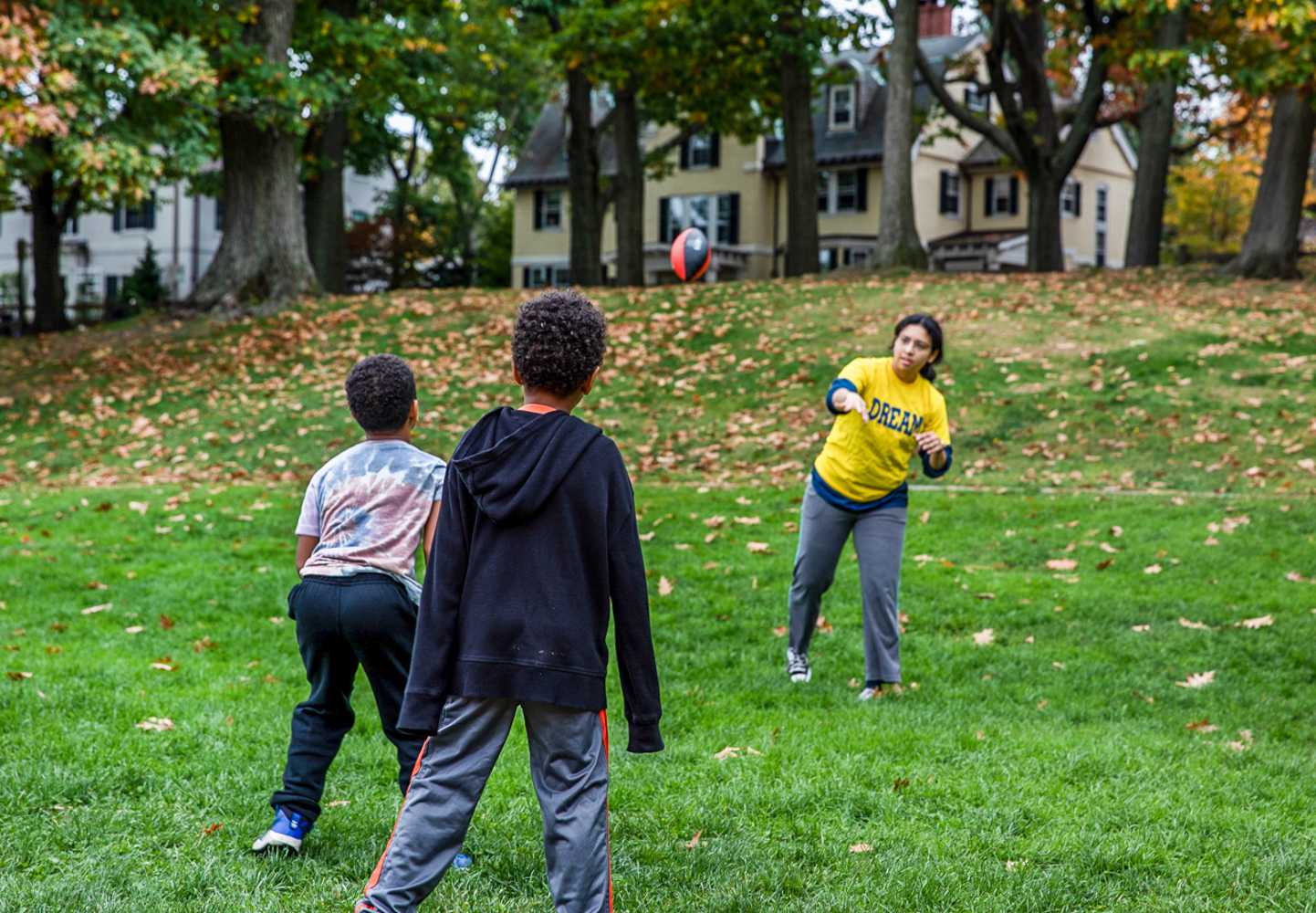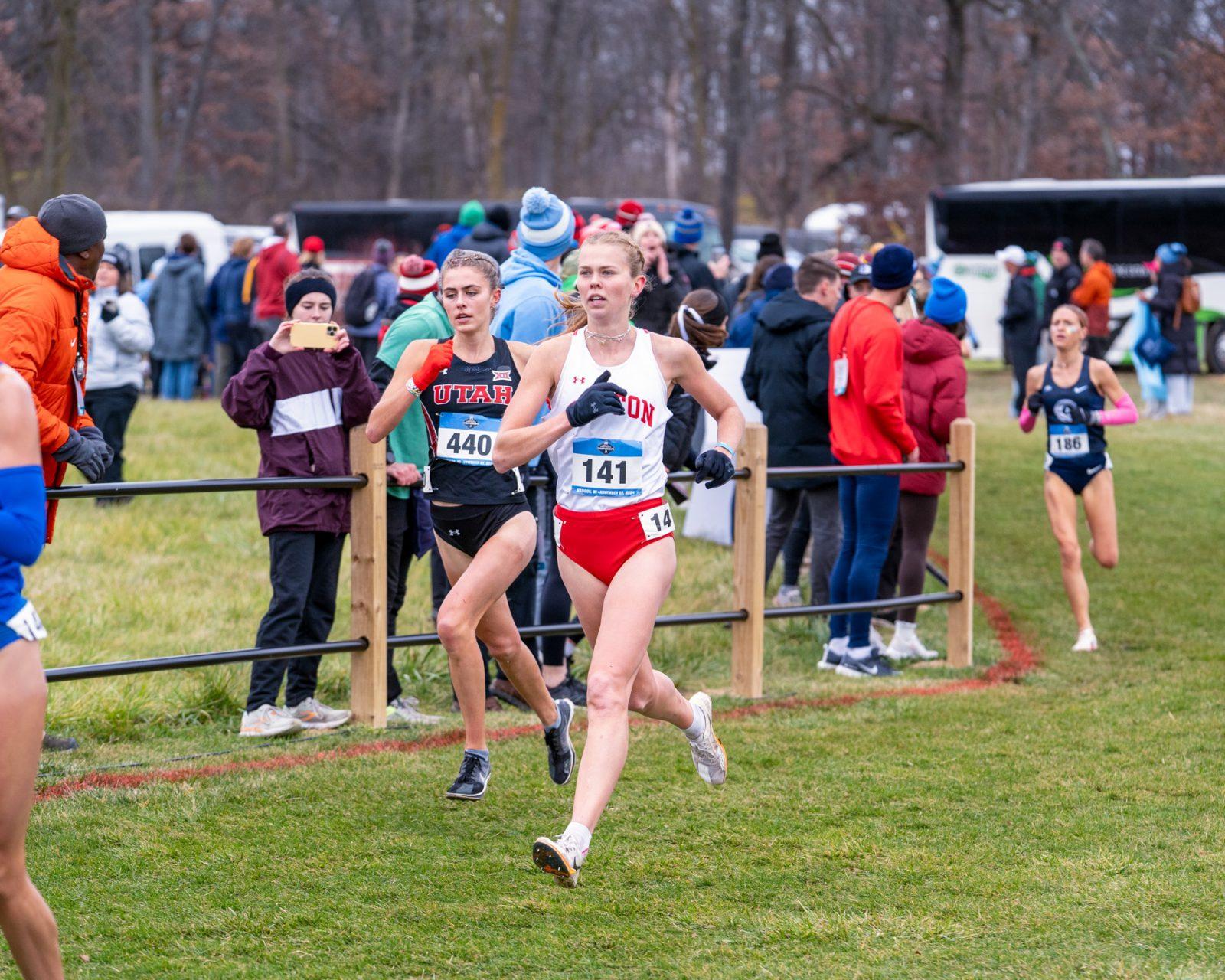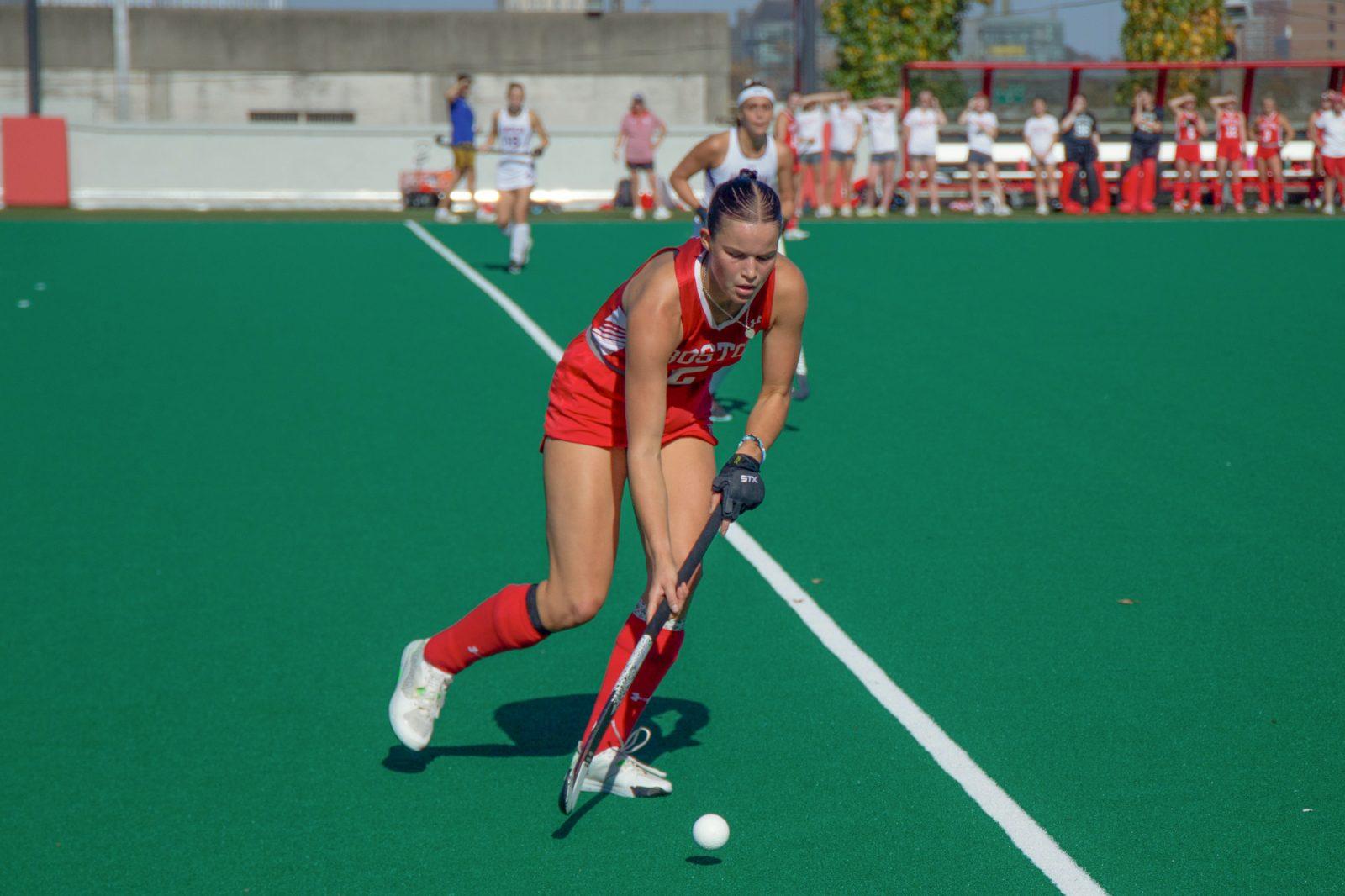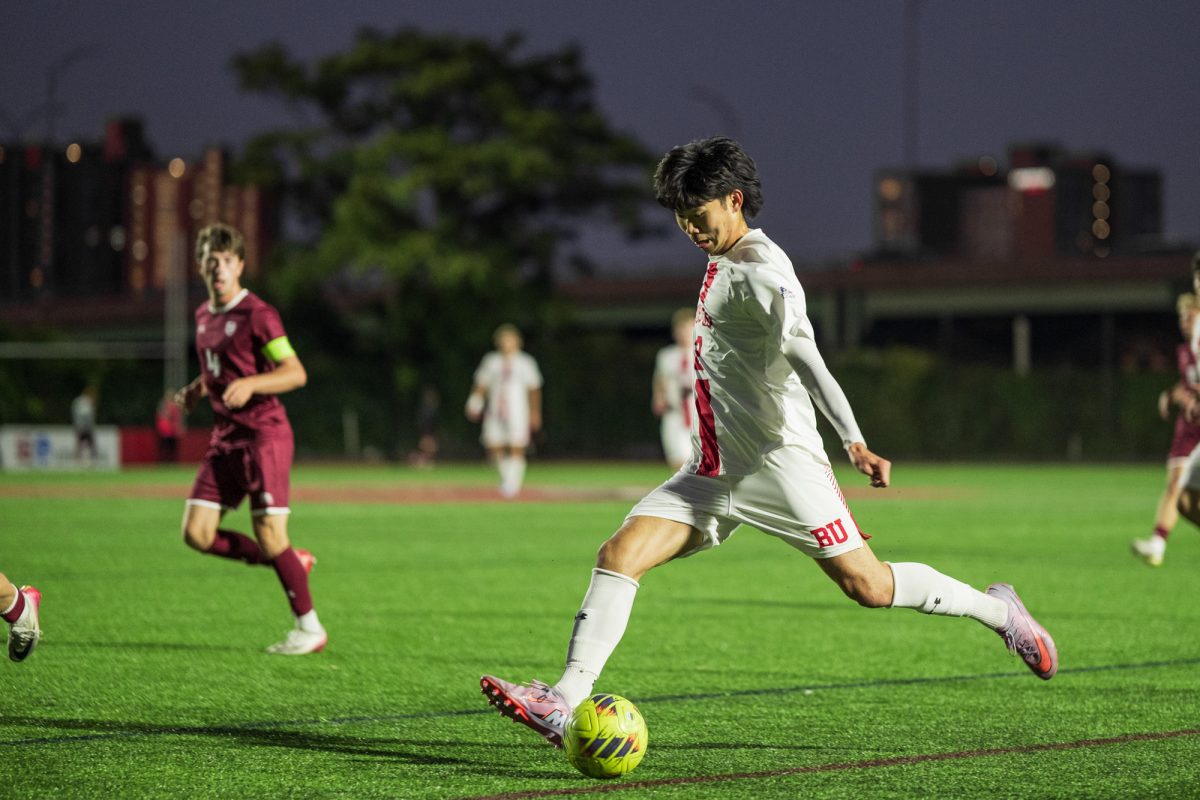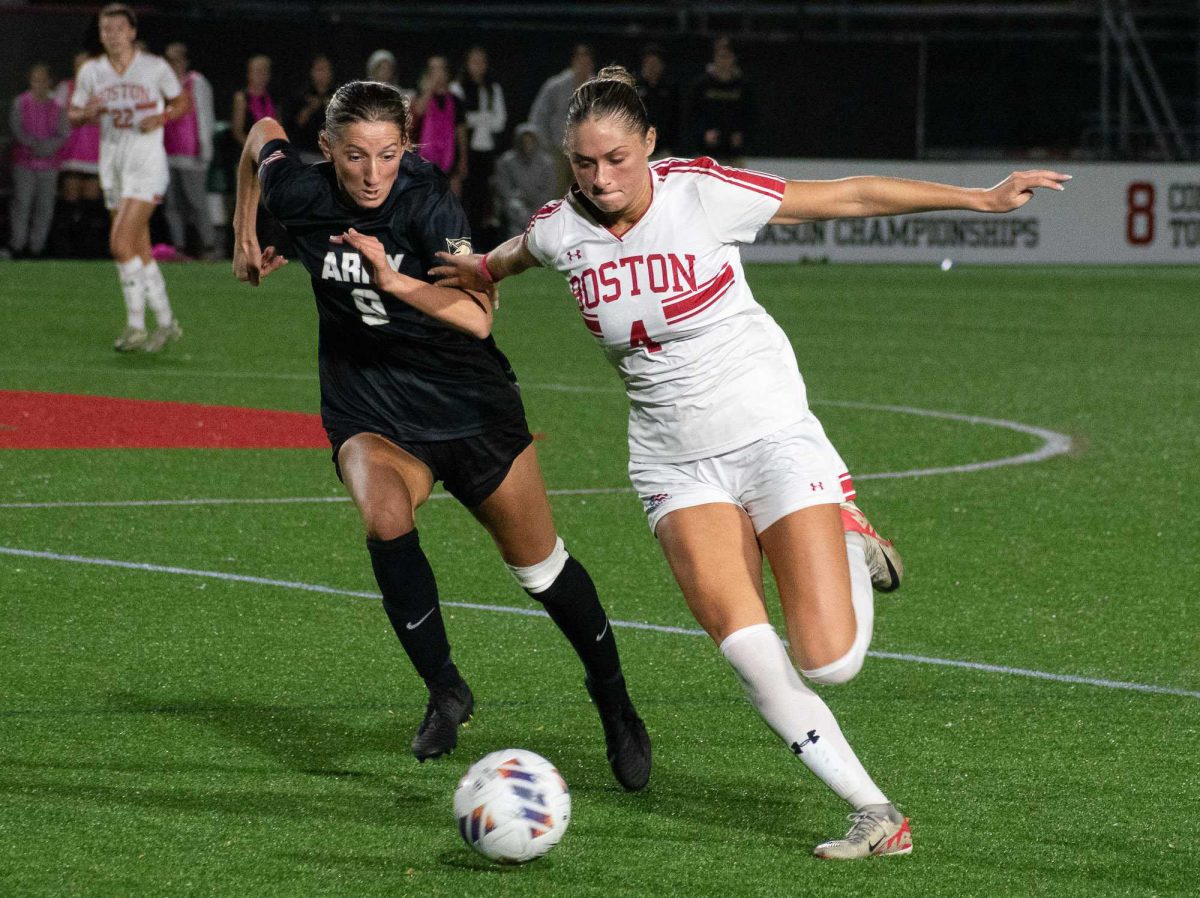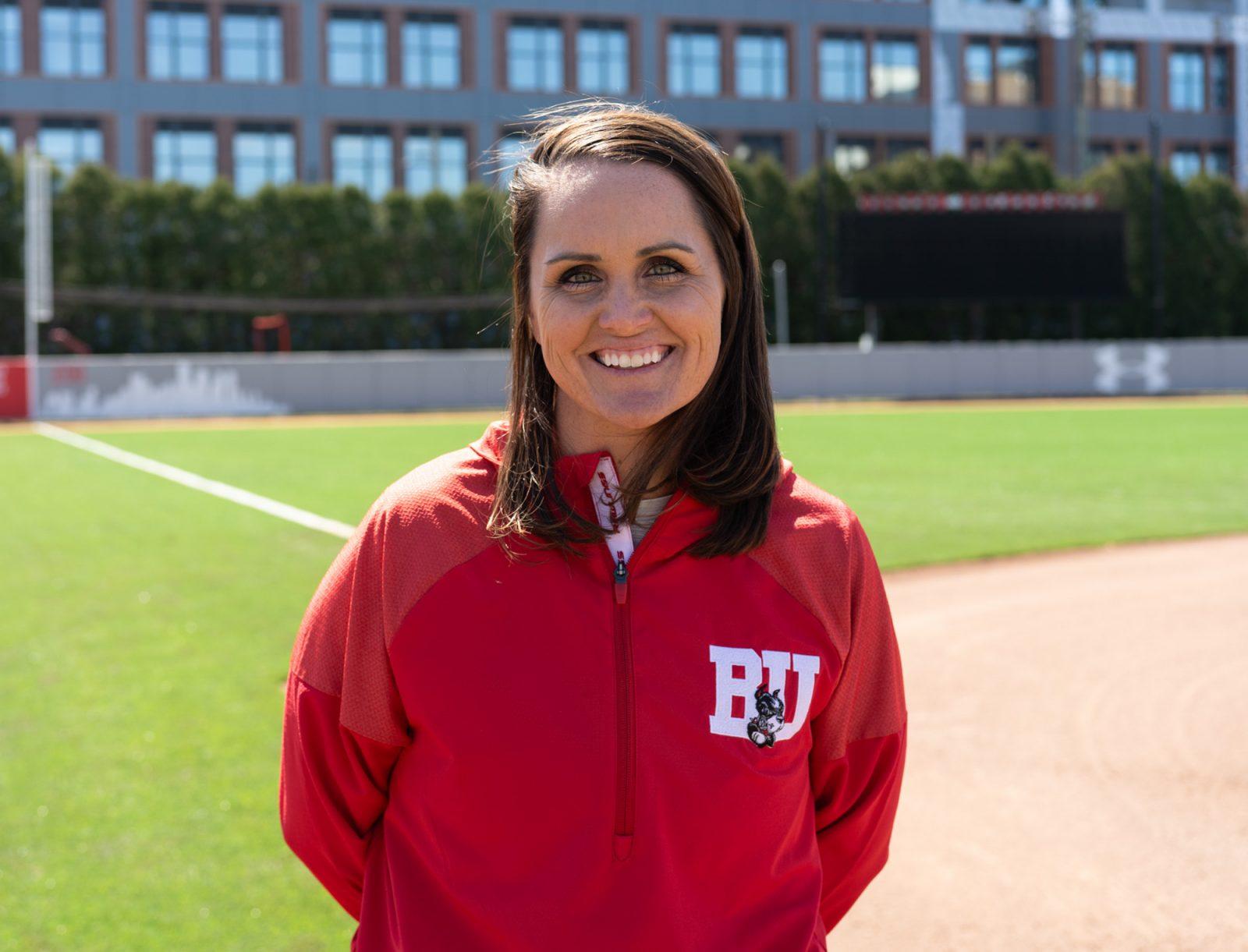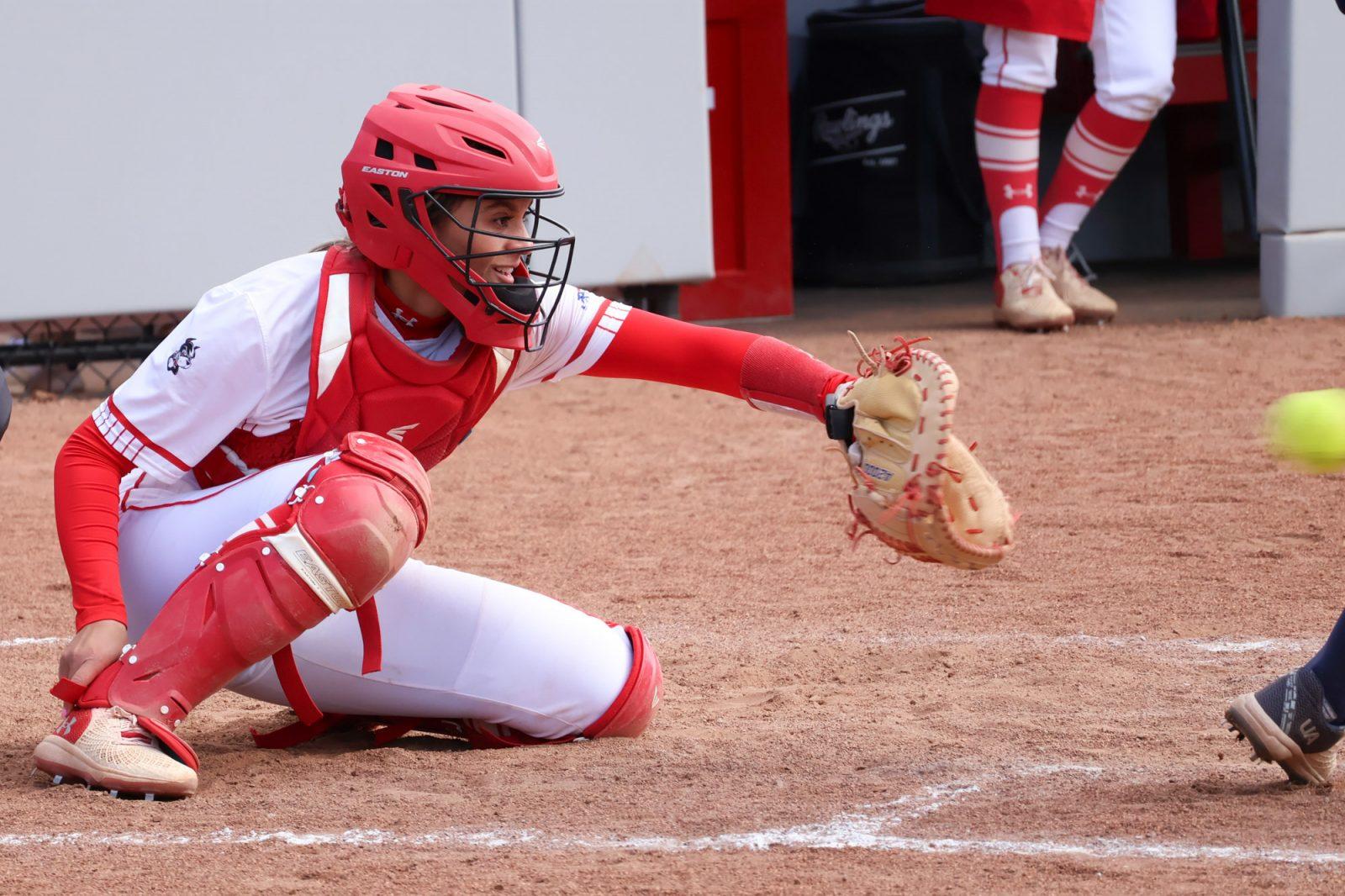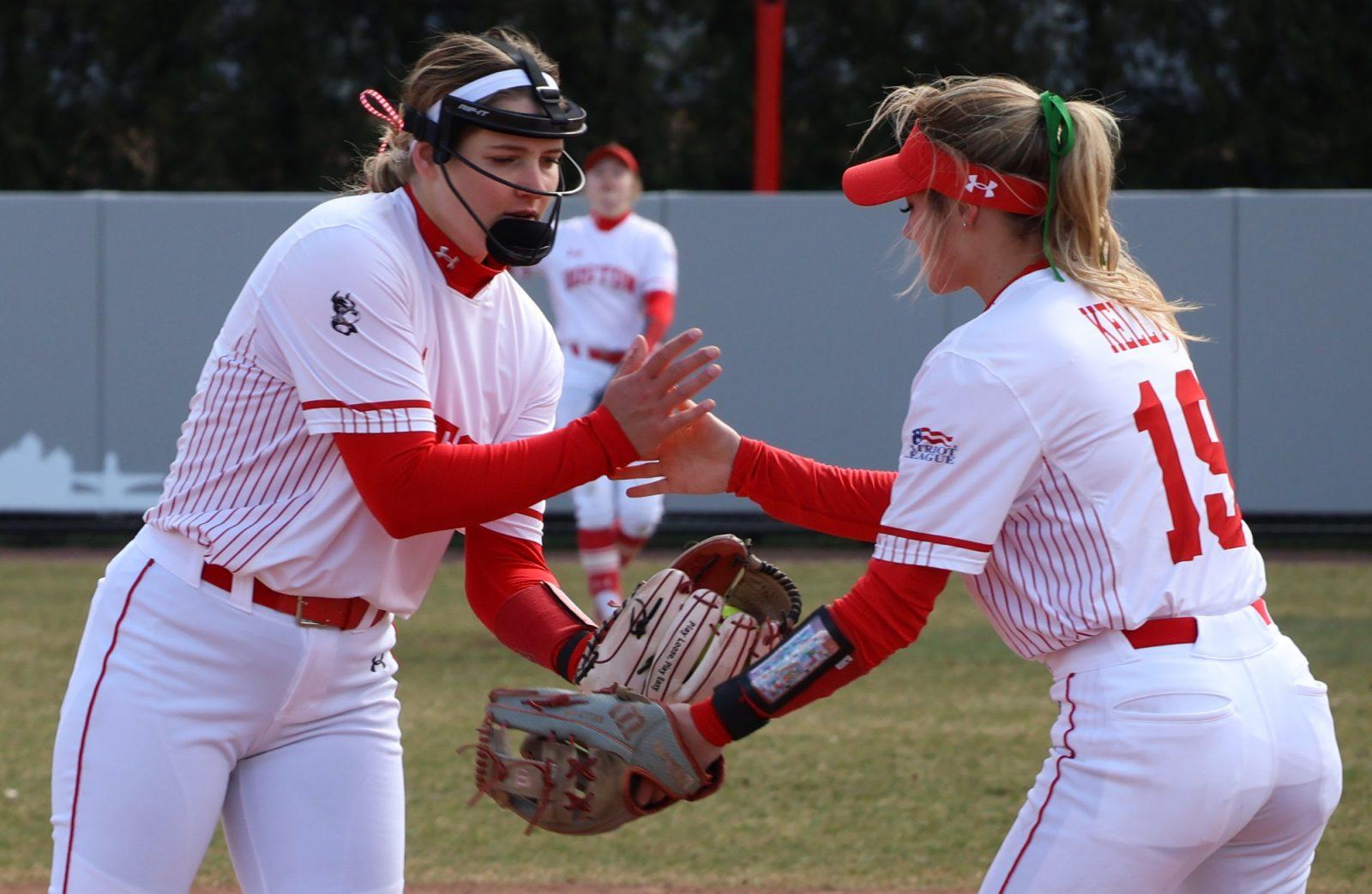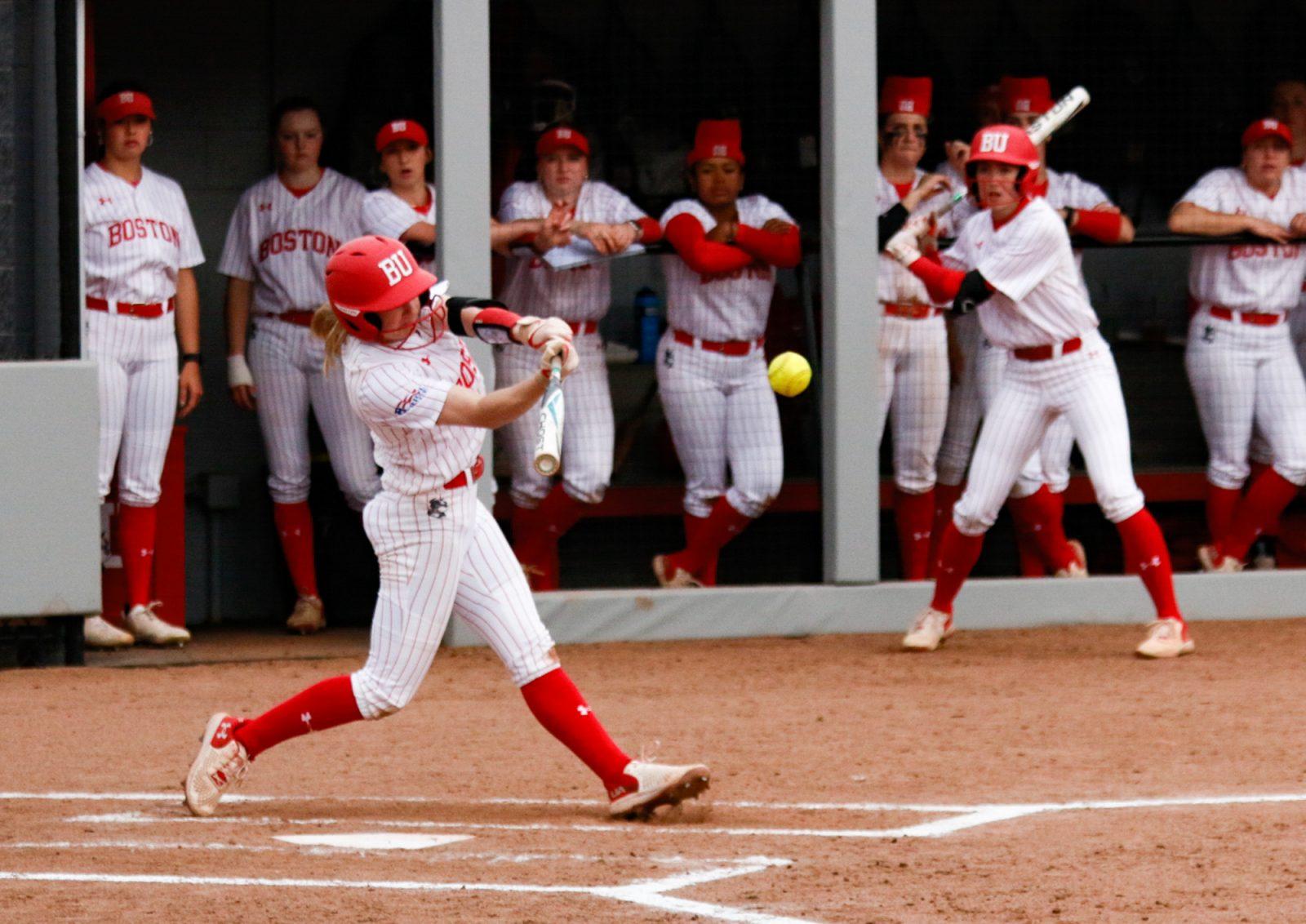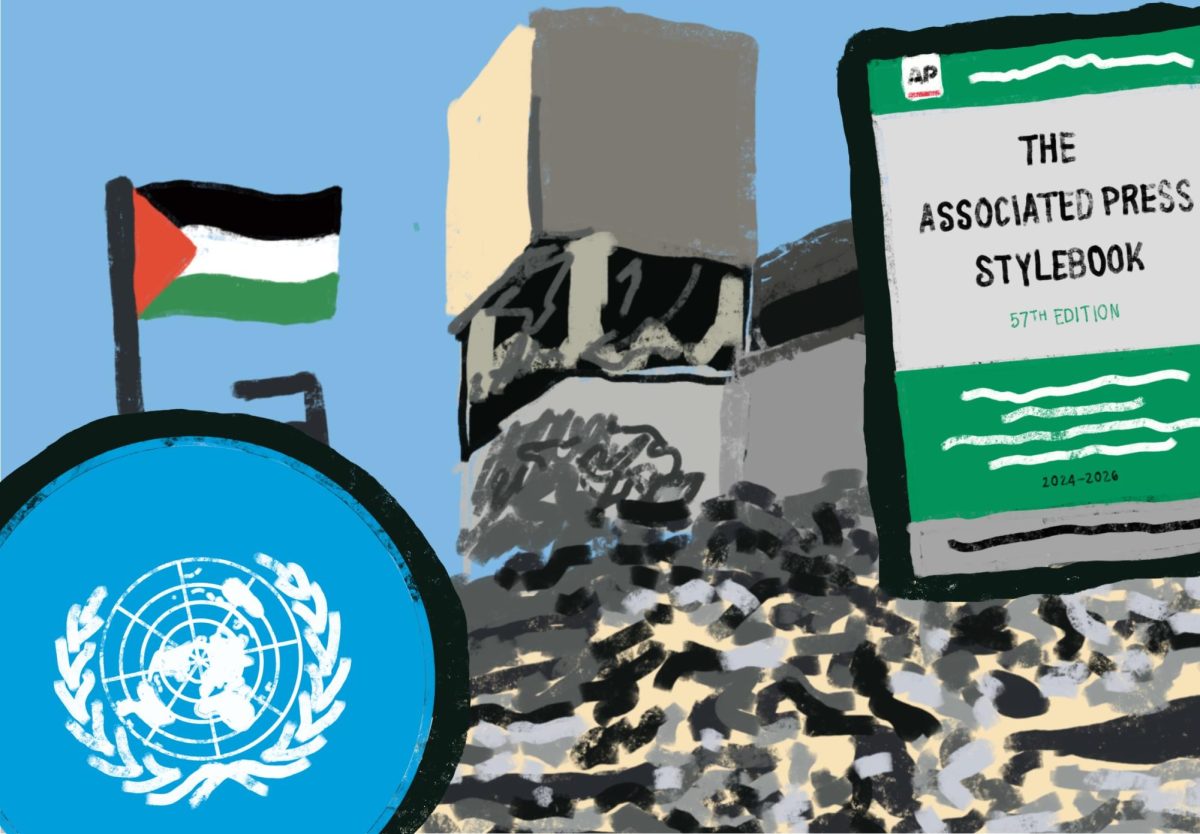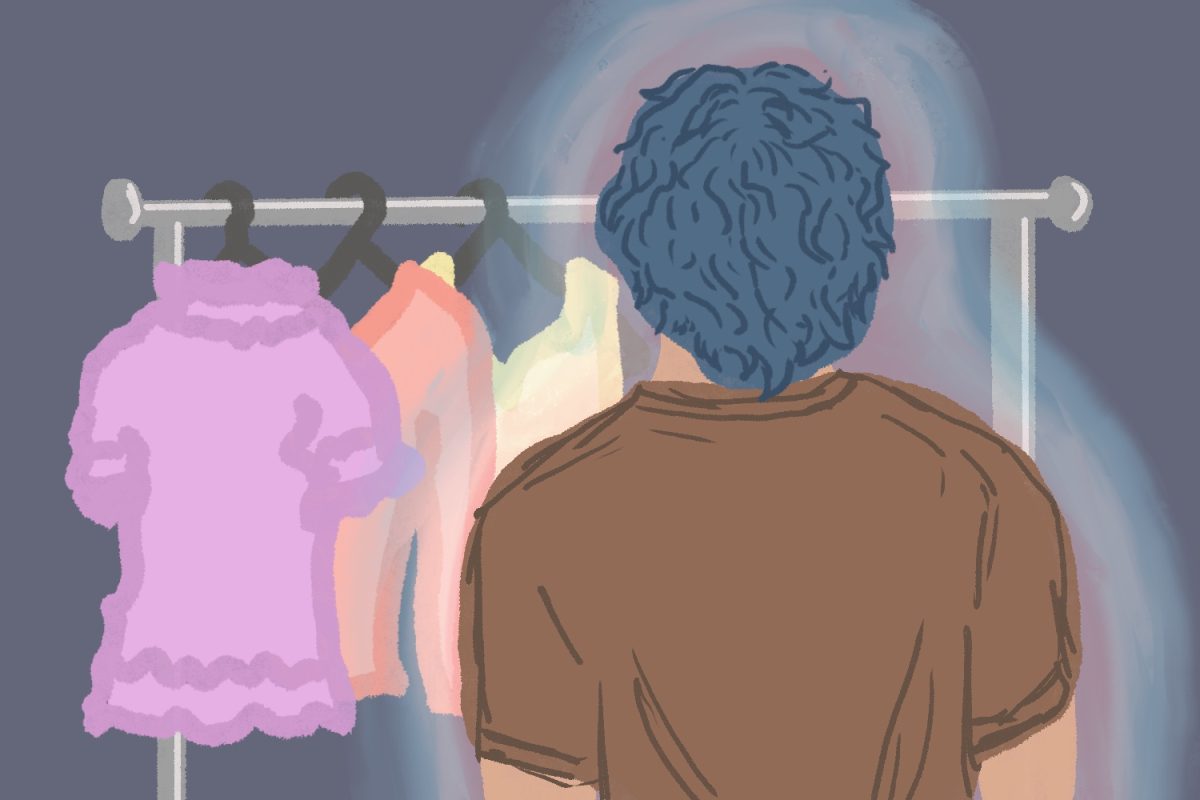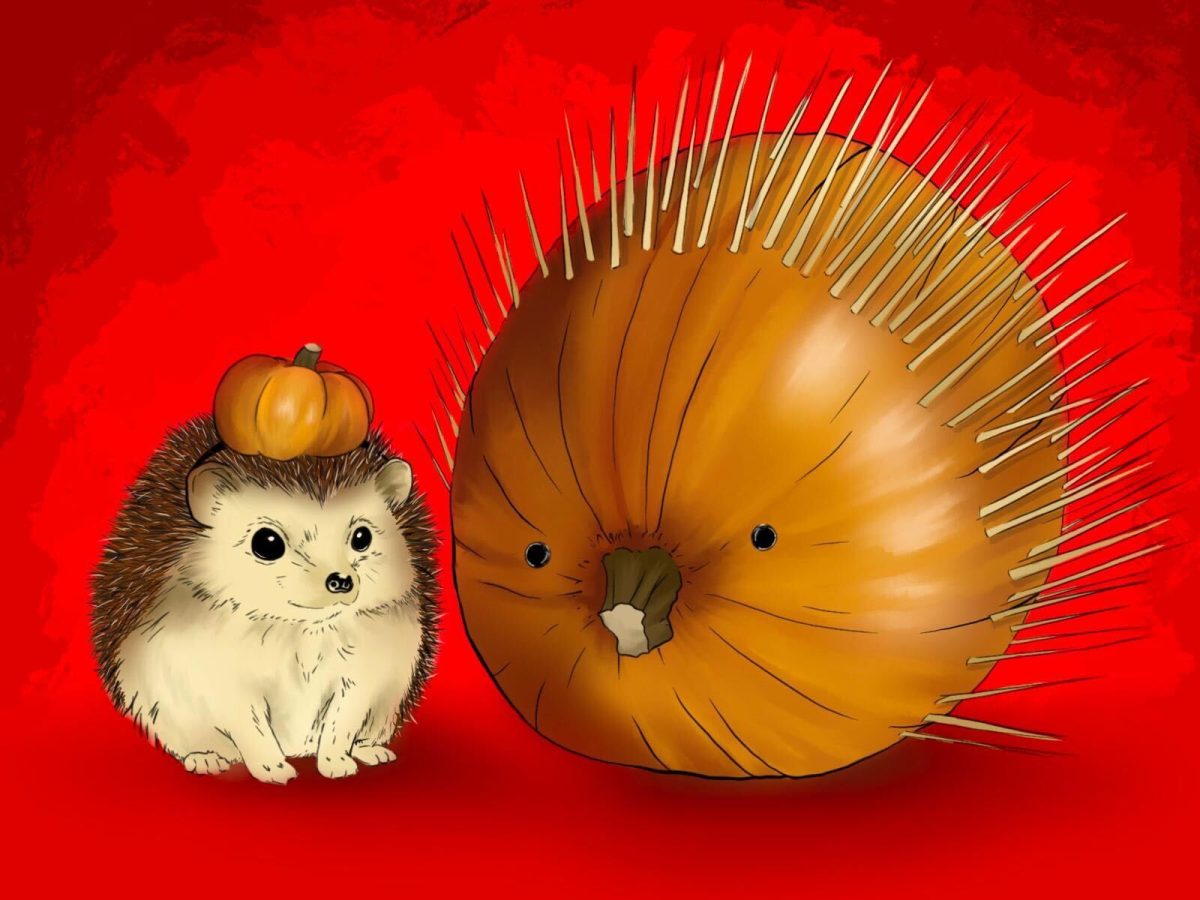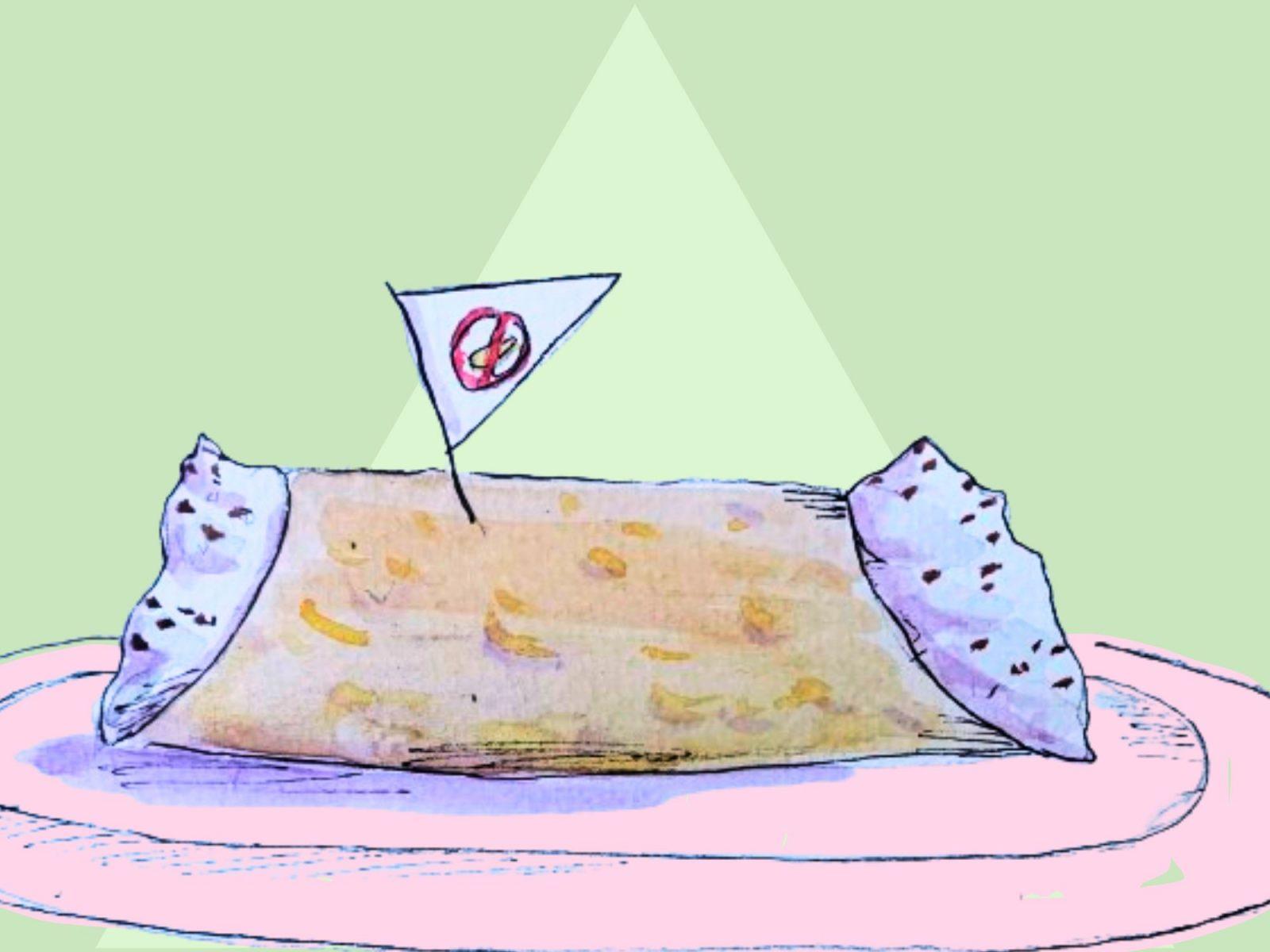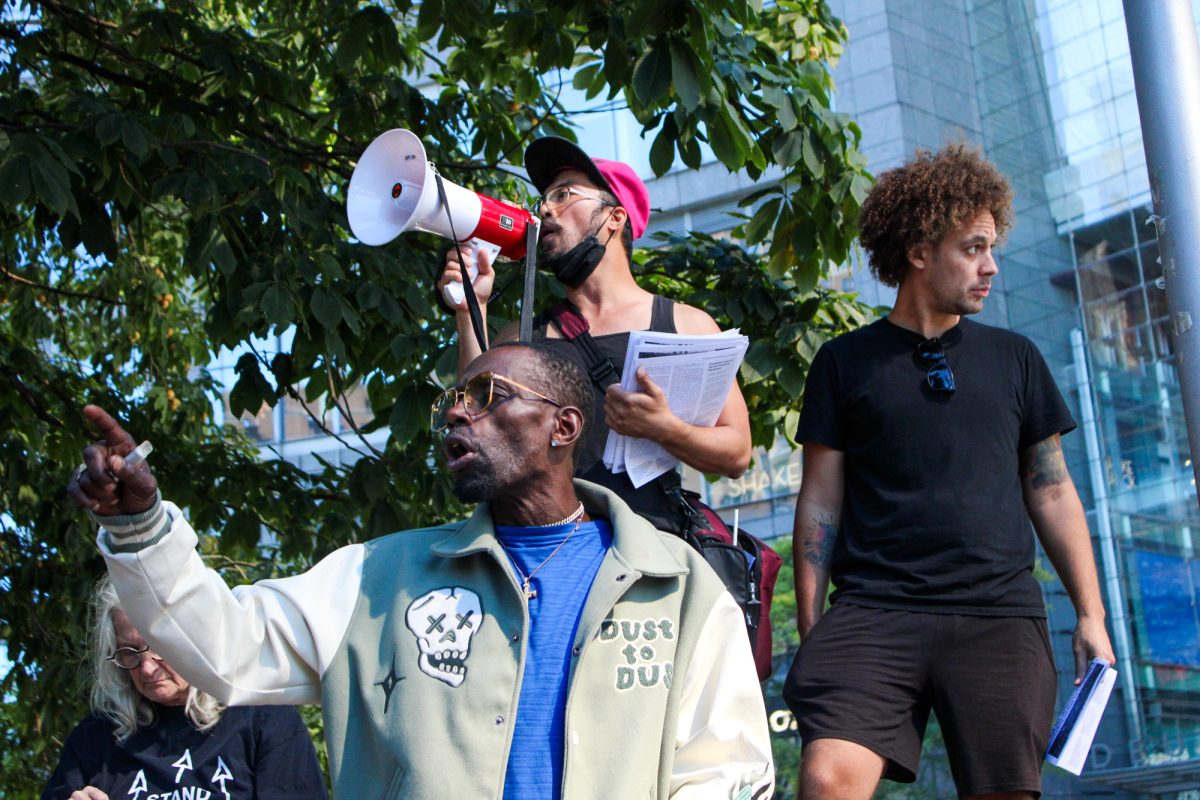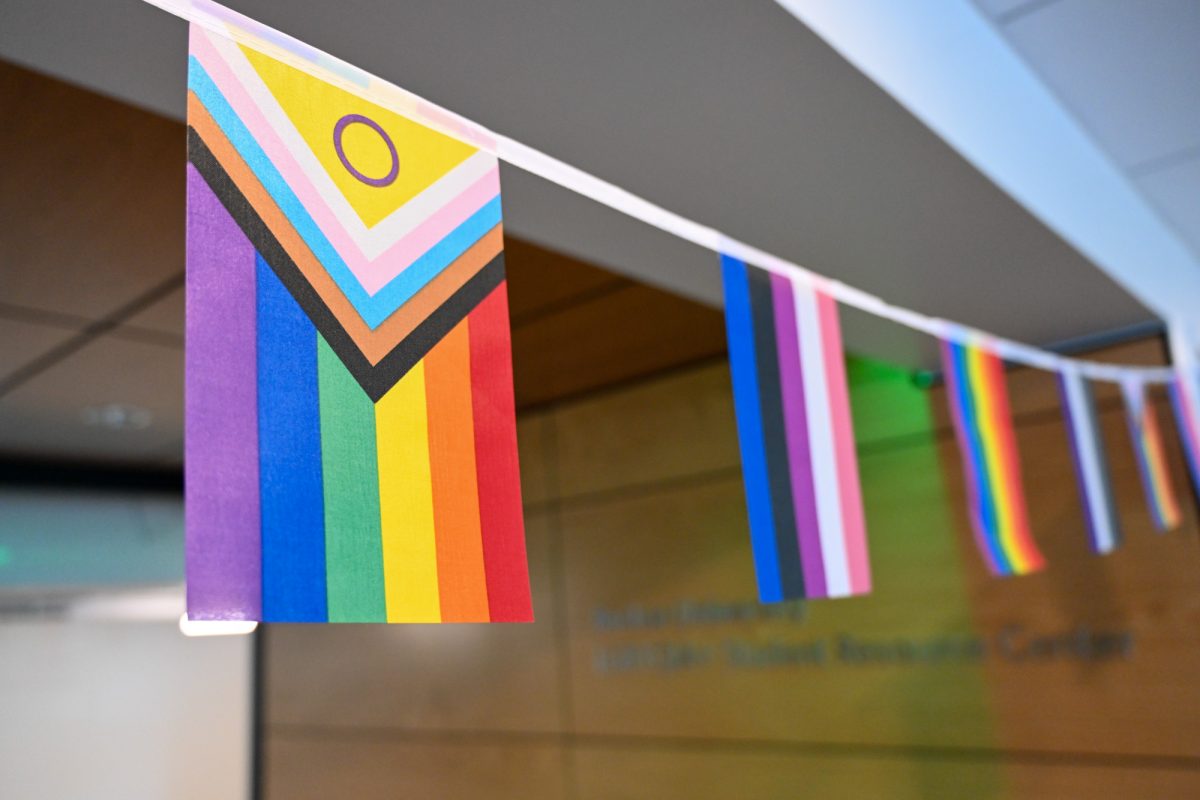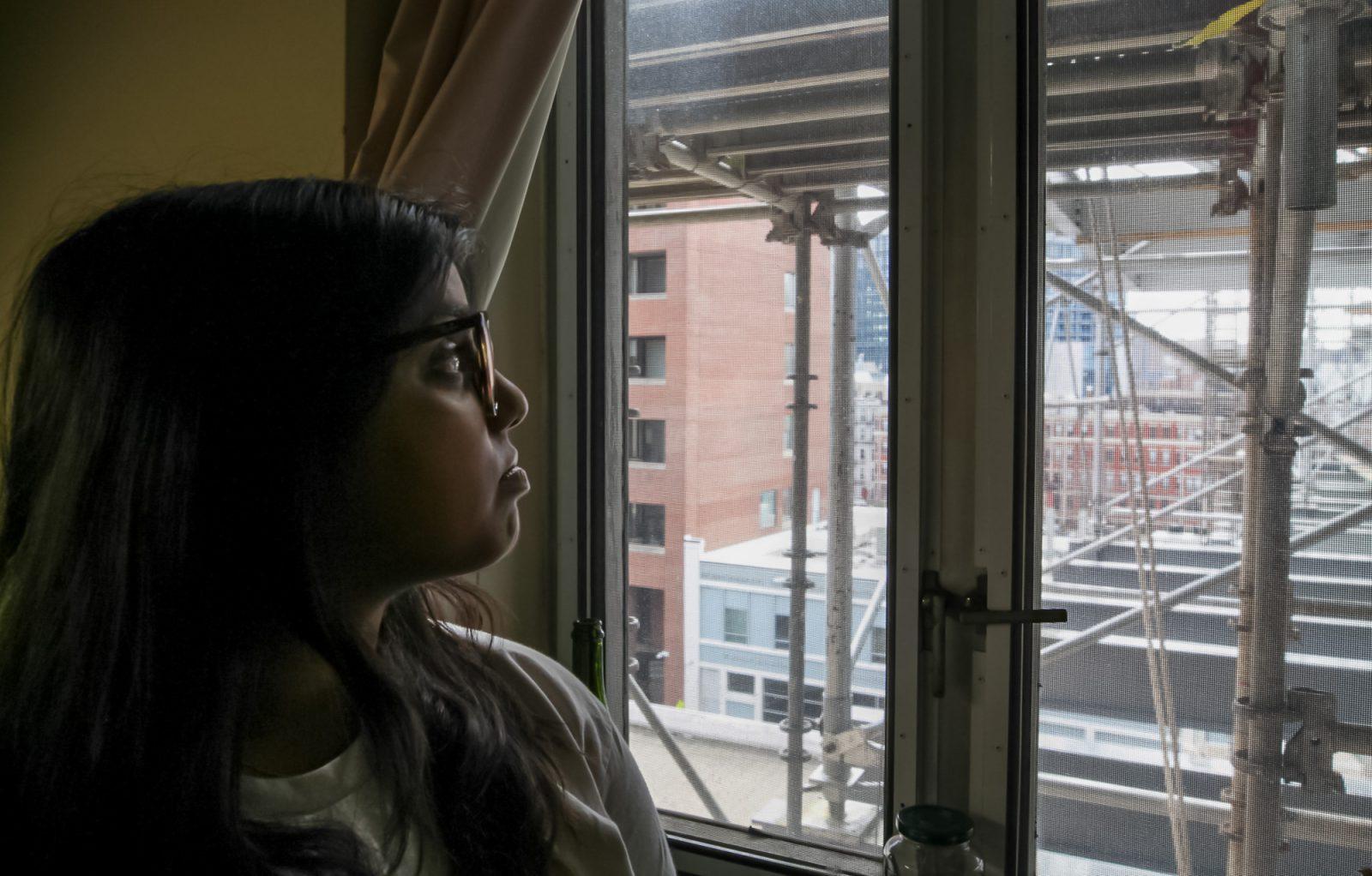With mild weather conditions and a lack of significant snowfall this winter, ski resorts have to rely heavily on artificial snow to keep their mountains operational.
There is more that goes into snowmaking than one might think.
Artificial snow is the result of combining compressed air with cold water, and allowing Mother Nature to run her course.
When the air is below 32 degrees farenheit, the mixture of water and air within the snowmaking machine freezes and falls to the ground, creating different textures of snow.
Bill Cairns, operations director of southern Vermont’s Bromley Mountain Resort said the process of creating snow changes slightly depending on the desired consistency.
“The size of the water pellets, affects the type of snow” Cairns said. “Early in the season, when we want wetter snow to build our base with, we use more water and less air to create a wetter snow. This is called production snow” he continued. Conversely, less water and more air yields a fluffier product which is usually desired as the season progresses.
Cairns said because of the abnormally warm temperatures and lack of snow, Bromley Mountain Resort is still using production snow to build a base instead of concentrating on producing the lighter surface snow.
There are also different types of snow making machines that vary in efficiency and cost.
While ground guns cost less than upright guns, ground guns only produce snow closer to the mountain’s surface and are less energy efficient.
“Ground guns only cover an approximate area or 350 square feet while upright guns can reach 1,000 square feet. The taller guns also incorporate the air temperature and allow the snow to form more naturally because it takes longer to fall to the ground,” Cairns said.
Snowmaking at some resorts involves more than simply mixing water and compressed air.
“Other mountains use a chemical called Snow Max, which helps the water freeze,” Cairns said.
According to Cairns, Snow Max does not harm the environment, but Bromley does not work with Snow Max because of its cost.
Although Cairns said snowmaking is an environmentally friendly process, its environmental effecs include high water and engery consumption.
Supplying the water for snowmaking is one major issue facing ski resorts.
According to Cairns, Bromley has “30 million gallons of water in supply and 500 hydrants including 15 to 16 miles of piping to transport the water.”
Cairns said Bromley supplies its own water.
“A lot of our water comes from storage ponds that are built on our mountain,” he said.
Bromley and other mountains also have the ability to pump water from natural springs and other sources.
Cairns said Vermont regulates water withdrawal and that man made storage ponds are encouraged.
“We make two feet of snow on a trail and then we stop,” Cairns said. “If not careful, we could use all of our resources.”
While many mountains do control the amount of water they pump, some environmentalists said removing water from any natural source is dangerous.
Melinda Kassen staff writer for Trout Unlimited – a magazine dedicated to conservation of trout and salmon fisheries and their watersheds– said streams are at a low flow period during the winter months when ski resorts withdraw the large majority of their water.
Kassen said if streams become too shallow, trout and other aquatic species may become trapped and cannot enter into deeper waters.
“Snowmaking when streams are at a low can cause trout to freeze or become isolated,” Kassen said.
The Environmental Protection Agency expressed concern over harmful runoff by ski resorts in a Federal Register Document published in July, 2000.
“EPA expressed environmental concerns regarding the lack of information to support expansion of the ski area; inadequate analysis and disclosure of indirect effects of induced development; and effects of additional snowmaking and increased wastewater pollutant loadings to area ground water,” according to the EPA website.
Cairns said snowmaking is almost entirely a natural process.
“Environmentally speaking, our snow melts into the natural watershed but it is not harmful so it is not an issue,” he said. “The aquatic biota is protected by the state of Vermont’s water regulations.”
Snowmaking also requires a lot of energy. Diesel engines are required to run the air compressors that can pump up to 2,000 gallons of water per minute.
Vermont Ski Association President David Dillon said there are stringent rules for the use of these compressors.
“The diesel air compressors have to be registered with the state of Vermont, and there are heavy regulations of electricity,” Dillon said.
Five hundred kilowatt generators are used to run the water pumps, according to Cairns.
“There are special contracts in Vermont where meters for electricity work in conjunction with electric companies.” he said.
Cairns said ski resorts are only allocated a certain amount of energy to run the lifts, to power the lodges and make snow. The process of allocating this energy is called “load shedding.”
Cairns added the mountain ceases to be operational below 650 kilowatts, therefore budgeting electrical use is crucial and power outages can be damaging to the snowmaking process.
“Sometimes the electric company will call and say there has been a power outage at some plant which means we have to use less electricity,” Cairns said. “That means we have to choose between closing a lift and making less snow. It’s very difficult.”

